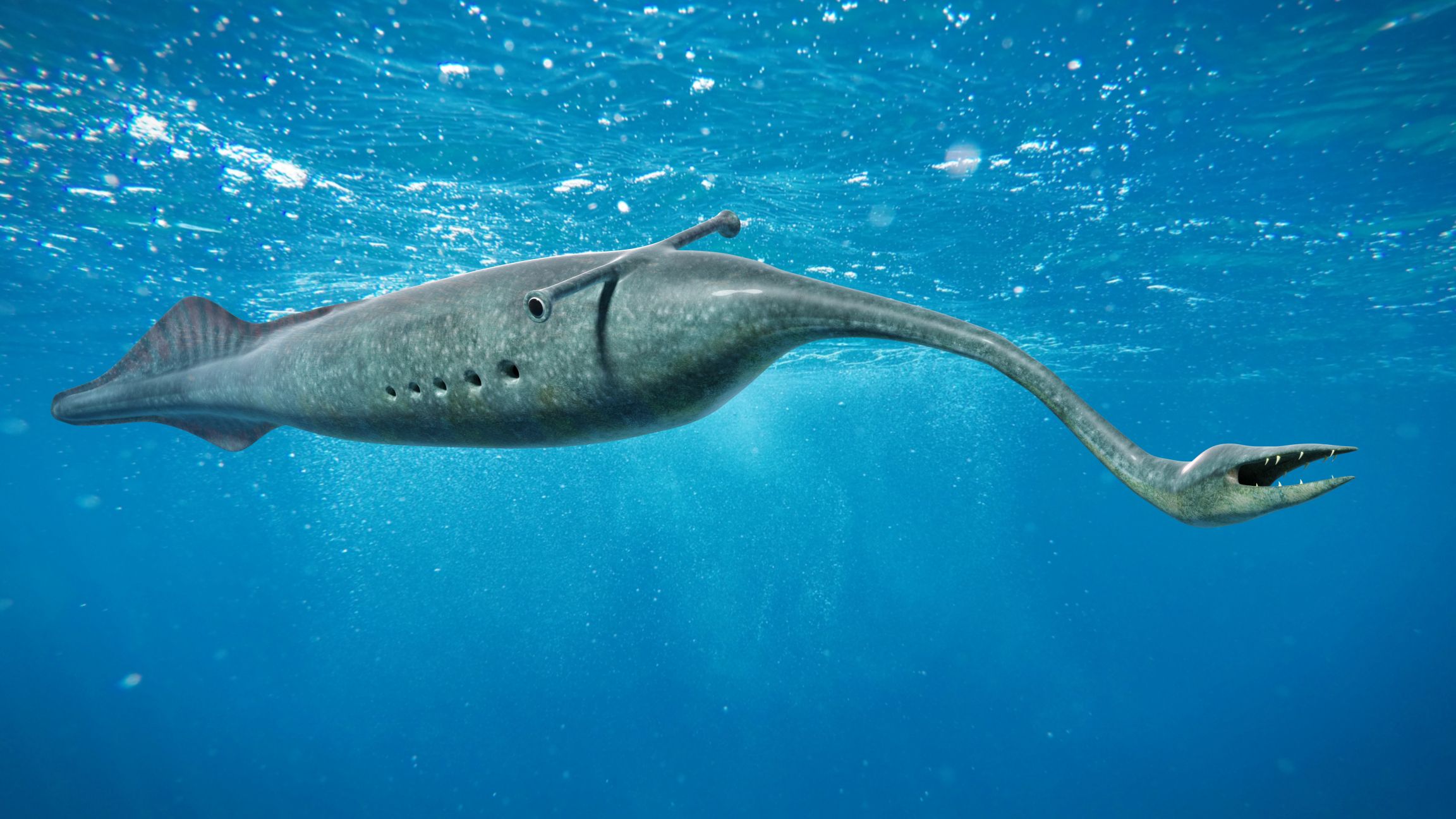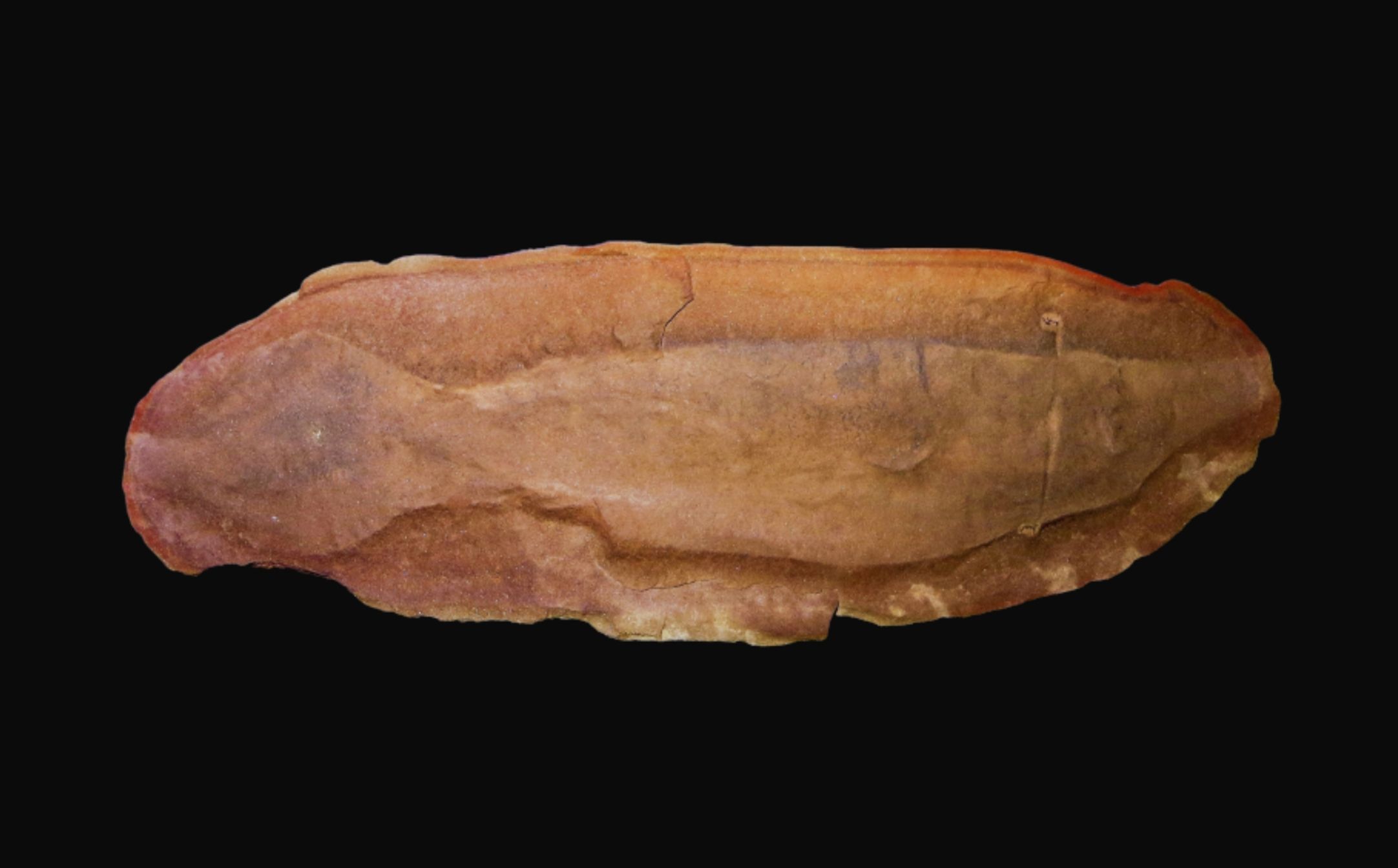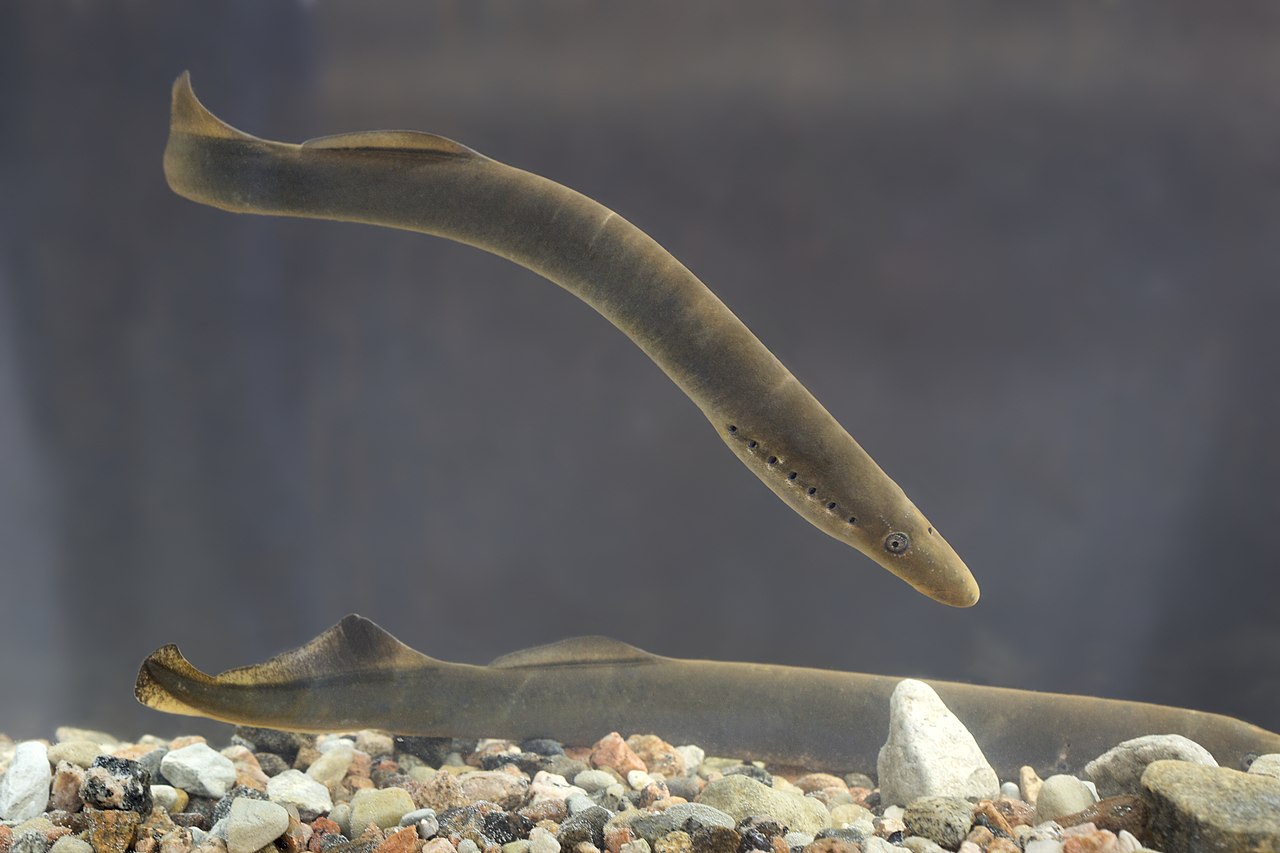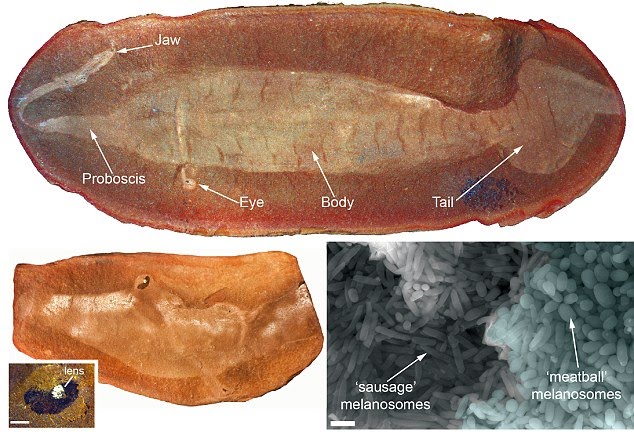Imagine stumbling upon a mysterious fossil that could potentially rewrite history as we know it. That’s exactly what amateur fossil hunter Frank Tully experienced in 1958 when he discovered a peculiar fossil that would become known as the Tully Monster. The name alone sounds like something out of a horror movie or science fiction novel, but the reality of this creature is even more intriguing than its name suggests.

Discovery of the Tully Monster

In 1958, a man named Francis Tully was hunting for fossils in a coal mine near the city of Morris, Illinois. While digging, he came across a strange fossil that he couldn’t identify. The fossil was about 11 centimeters long and had a long, narrow body, a pointed snout, and two tentacle-like structures at the front of its body.
Tully took the fossil to the Field Museum in Chicago, where scientists were equally confused by the strange creature. They named it Tullimonstrum gregarium, or the Tully Monster, in honor of its discoverer.
For decades, Tully Monster remains a scientific enigma
The ocean is a vast and mysterious world, home to some of the most fascinating and enigmatic creatures on the planet. Among these is the Tully Monster, that has baffled scientists and marine enthusiasts for decades. With its unique appearance and prehistoric origins, the Tully Monster has captured the imagination of many and is a subject of much debate among researchers. For many years, scientists couldn’t determine what type of creature it was or how it lived. It wasn’t until 2016, after years of research and analysis, that a breakthrough study finally shed light on the enigmatic fossil.
So what exactly is the Tully Monster?
The Tully Monster, also known as Tullimonstrum gregarium, is a species of extinct marine animal that lived during the Carboniferous period, about 307 million years ago. It is a soft-bodied creature that is believed to have reached a length of up to 14 inches (35 cm), with a distinctive U-shaped narrow body and a protruding snout-like extension that contained its eyes and mouth. According to the 2016 study, it’s more like a vertebrate, resembling a jawless fish like a lamprey. A vertebrate is an animal with a back bone or cartilage covered spinal cord.
Characteristics of the Tully Monster

The Tully Monster’s most distinctive feature is its long, narrow body, which is covered in a tough, leathery skin. It has a pointed snout, two large eyes, and a long, flexible tail. At the front of its body, it has two long, thin tentacle-like structures that are thought to have been used for grasping prey.
One of the most intriguing aspects of the Tully Monster is its mouth. Unlike most vertebrates, which have a clearly defined mouth and jaw structure, the Tully Monster’s mouth is a small, circular opening located at the end of its snout. Scientists believe that the creature may have used its long, flexible body to reach out and grasp its prey before pulling it back towards its mouth.
Significance in the scientific community
For decades, the Tully Monster’s classification remains a mystery. Some scientists believed it was a type of worm or slug, while others thought it might be related to squid or octopuses. However, in 2016, a team of researchers from the University of Leicester in the UK used a scanning electron microscope to examine the fossil in detail.
As their analysis revealed that the Tully Monster was actually a vertebrate, and likely related to jawless fish like lamprey, this discovery opened a new door of possibility into the evolution of early vertebrates.
The Tully Monster is also an important example of the unique and diverse life forms that existed during the Carboniferous period, around 307 million years ago. This period lasted from about 359.2 to 299 million years ago during the late Paleozoic Era and was marked by the rise of plants and animals on land; and the Tully Monster was one of many strange and unusual creatures that roamed the Earth during this time.
What the most recent study says about the Tully Monster?
A new study conducted by the researchers at the University College Cork claim that the mysterious Tully Monster is not likely to have been a vertebrate – despite its hard cartilage ridged back. They have come to this conclusion after discovering unusual elements within its fossilized eyes.

After studying chemicals present in the eyes of the animal, the researchers foun the ratio of zinc to copper was more similar to that of invertebrates than vertebrates. The research team also found that the fossil’s eyes contained a different type of copper than that of the modern day invertebrates they studied – leaving them unable to classify it as either.
Conclusion
The Tully Monster remains a fascinating and mysterious creature that has captured the attention of scientists and the public for decades. Its discovery and classification have provided new insights into the evolution of early vertebrates, and its unique appearance serves as a reminder of the strange and diverse life forms that once roamed the Earth. As scientists continue to study this enigmatic fossil, we may learn even more about the secrets it holds and the prehistoric mysteries it has yet to reveal.




